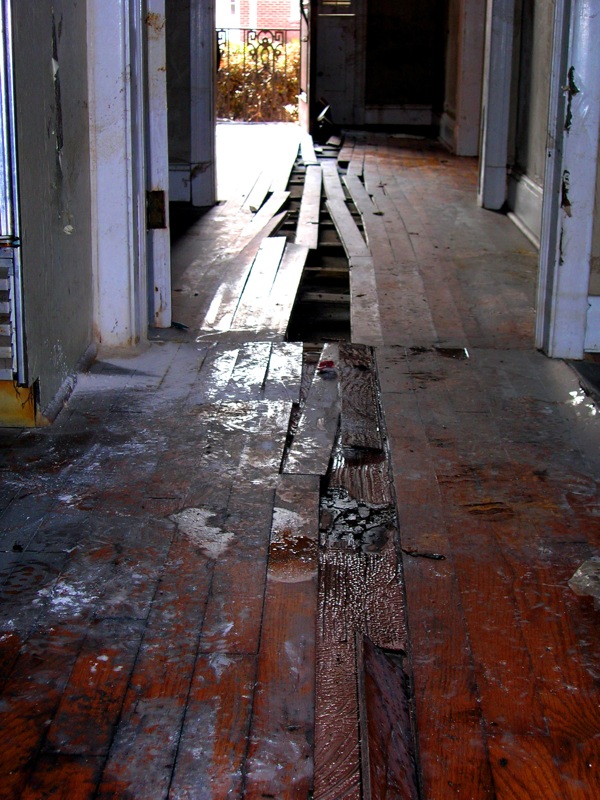Bay Area Hardwood Floor Restoration and Repair
Whether you just purchased a gorgeous “fix-er-up-er” mansion near Los Altos; or you’re trying to repair winter weather damage, you need to invest in hardwood floor restoration in Palo Alto to re-beautify your place and prevent problems from recurring.
Wood floor problems are easy to spot. For instance: see piles of dust on the floors? You don’t need to be a professional exterminator to recognize the culprits: termites!
But subtler forms of hardwood floor damage require more knowledge to diagnose and treat. Here are four of them.

1. Separations and cracks.
Although you cannot see it, your Palo Alto hardwood floors are constantly expanding and contracting, due to humidity, temperature and other factors. As wet and dry seasons come and go, this breathing motion can cause cracks and separations in the wood, if the room is too dry. These cracks can then harbor insects, mold and other nasty elements, which can accelerate the deterioration.
2. Cupping.
Obviously, you don’t want your floors to get too dry. But when they get too moist, two different types of deterioration can result – cupping and cracking. In cupping, the moisture disproportionately affects the floorboards, causing the sides to round up, creating a cup or a gutter-like effect. When you equalize the humidity levels (e.g. by identifying the source of the moisture imbalance and fixing it), the boards may return to equilibrium. But this doesn’t always happen! In that case, you can try sanding down the boards or calling a professional.
3. Crowning.
This is another moisture-imbalance-induced type of warping, in which the center of a board lifts up, while the sides cup down. It’s the inverse of cupping. Crowning can happen as a side effect of treating cupped floors superficially. For instance, if you sand down a cupped floor but fail to deal with the underlying humidity problem, the floor can crown after treatment.
4. Buckling.
This is a more serious problem, where the floor literally detaches from the subfloor. This can happen after flooding or a big spill. Contamination of the subfloor, lack of mastic (“sticky stuff”) on a glued-down floor, or poor construction can also lead to buckling. Spot repair/replacement can often fix the problem.
To deal with any type of damage, act sooner than later. As we discussed, mold, termites, and humidity imbalances can accelerate damage already done. To that end, connect with the team here at Elegant Floors at www.elegant-floors.com for a free and thorough estimate. We can help you clean up your mess and prevent it from causing you trouble in the future!




